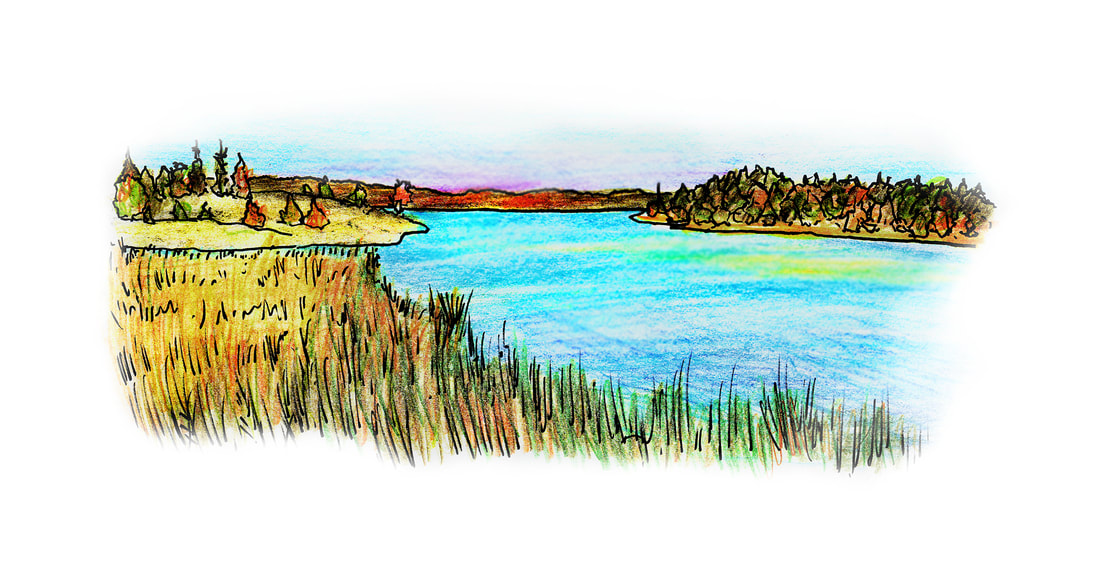|
12/4/2019 1 Comment The Northwest TerritoriesJednym z najbardziej tajemniczych terytoriów w Kanadzie jest Northwest Territories w skrócie NWT. Brak dróg sprawia, że podróż do zakątków w tym obszarze staje się wręcz niemożliwa. Obszar NWT jest bardzo słabo zaludniony. Najbardziej charakterystycznymi miejscami tam są Bear Rock Sinokle tworzący masywny otwór w ziemi, powstały po zawaleniu się podziemnej jaskini, The Fairy Meadow-jedno z najpiękniejszych i najniebezpieczniejszych miejsc na świecie, do którego dostać się możesz tylko bedąc doświadczonym wspinaczem skalnym oraz ogromne jezioro Niewolnicze, które zwane jest również jeziorem bez dna - głebiny jego są niezbadane po dzień dzisiejszy. Przejazdy samochodowe po tych terenach o dziwo są łatwiejsze zimą, kiedy zamarzają jeziora i rzeki i budowane są drogi zimowe, w tym czasie tamtejsza społeczność może gromadzić niezbędny do przeżycia towar. Similar to the Yukon, the Northwest Territories is large, sparsely populated territory in the far Canadian North. Unlike the Yukon, the NWT has not become a strongly touristic location. This is not to say it isn’t worthy of being a destination. The territory is over a million squared kilometers of wilderness. It is not just unpopulated wilderness, but it is unexplored and unknown. Even roads are hard to find here. In the winter months the ice roads are the lifeline of the province. The NWT is often referred to as a mystery, because even to this day there are more questions than answers about the land. The territory boasts several strange natural monuments. One is the Bear Rock Sinkhole. A massive oval shaped hole appeared when an underground cave collapsed, opening the surface of the ground to its aquamarine waters. The beauty of the area and the bright waters look inviting, but if you jump in, you will never be able to climb back out (assuming you can even get to the sinkhole as there are no roads there). The Fairy Meadow is another incredible yet dangerous location. It is one of the most remote locations in the world, and requires you to be an experienced rock climber to even hope to survive the trek. But if you do, a vast meadow full of wildflowers will open up to you in the middle of a steep and jagged mountain range called Cirque of the Unclimables. Another popular location is the Great Slave Lake. This lake is the largest in Canada and the tenth largest in the world. While this location relatively accessible when compared to the rest of the territory, no one knows how deep the lake is. The official estimate is 614 meters, but the trenches are unexplored and are believed to be much deeper. For this reason the lake is affectionately called the Bottomless Lake and will most likely keep its secrets for generations to come. The issue with travelling to the NWT is the isolation and difficult travel conditions of the territory. Even during the warmer months the land can be impassable. There are a lack of roads due to the huge numbers of lakes and rivers, dense forest, and spongy tundra terrain which is impossible to build stable roads on. The roads that are there, are usually gravel roads of varying quality. If you are braving the drive, extra tires and gas are strongly recommended along with extra food and survival equipment due to the isolation and the lack of reception you could be facing if things go wrong. During the colder months it is much easier to travel because of the ice roads. The ice roads are built between December and April from the frozen rivers and lakes and they break the isolation within the territory, allowing for easy road trips and allow isolated communities to stock up necessary goods to keep their communities alive. While ice roads are considered to be safe, the biggest threat is the slippery surface rather than breaking through.
Source: https://spectacularnwt.com/story/15-strange-and-dangerous-places-canadas-northwest-territories Where the Highway Ends: https://youtu.be/0cwNApC3KE4 Cirque of the Unclimables: https://youtu.be/K5PHXchZi10
1 Comment
|
AuthorMy name is Madison. I am from Alberta, Canada. I like to read books, go hiking and explore new cities. Even though I am Canadian, I don't watch hockey and I don't like snow. I graduated from The University of Lethbridge in 2018 after studying English Literature and Art History for six years. I have travelled to the Mexican state, Nayarit and to Tokyo, Japan. I hope to travel all over the world. Archives
June 2020
Categories |
Search by typing & pressing enter


 RSS Feed
RSS Feed